13 European Cities That Exceed Every Expectation

Europe is filled with well-known capitals, but it’s often the underdog cities that steal your heart. These 13 destinations aren’t just “nice surprises”—they completely reset your expectations. With stunning architecture, vibrant culture, and warm local energy, they offer all the charm without the tourist crowds. Whether you’re after cobbled streets, café culture, seaside views, or Alpine peaks, these cities quietly deliver an unforgettable experience—without ever needing to shout for attention. You’ll walk away wondering why more people don’t talk about them.
Ljubljana, Slovenia

Slovenia’s charming capital blends fairy-tale architecture with progressive urban planning. The car-free old town, crisscrossed by bridges and shaded by outdoor cafés, invites slow exploration. Its emerald-green river and castle-topped hill offer postcard views at every turn. Add in quirky art, bike-friendly streets, and a love for sustainability, and you’ll wonder why you hadn’t visited sooner. Its size makes it walkable, but the experiences feel boundless. Ljubljana is a gentle blend of history and hope.
Ghent, Belgium
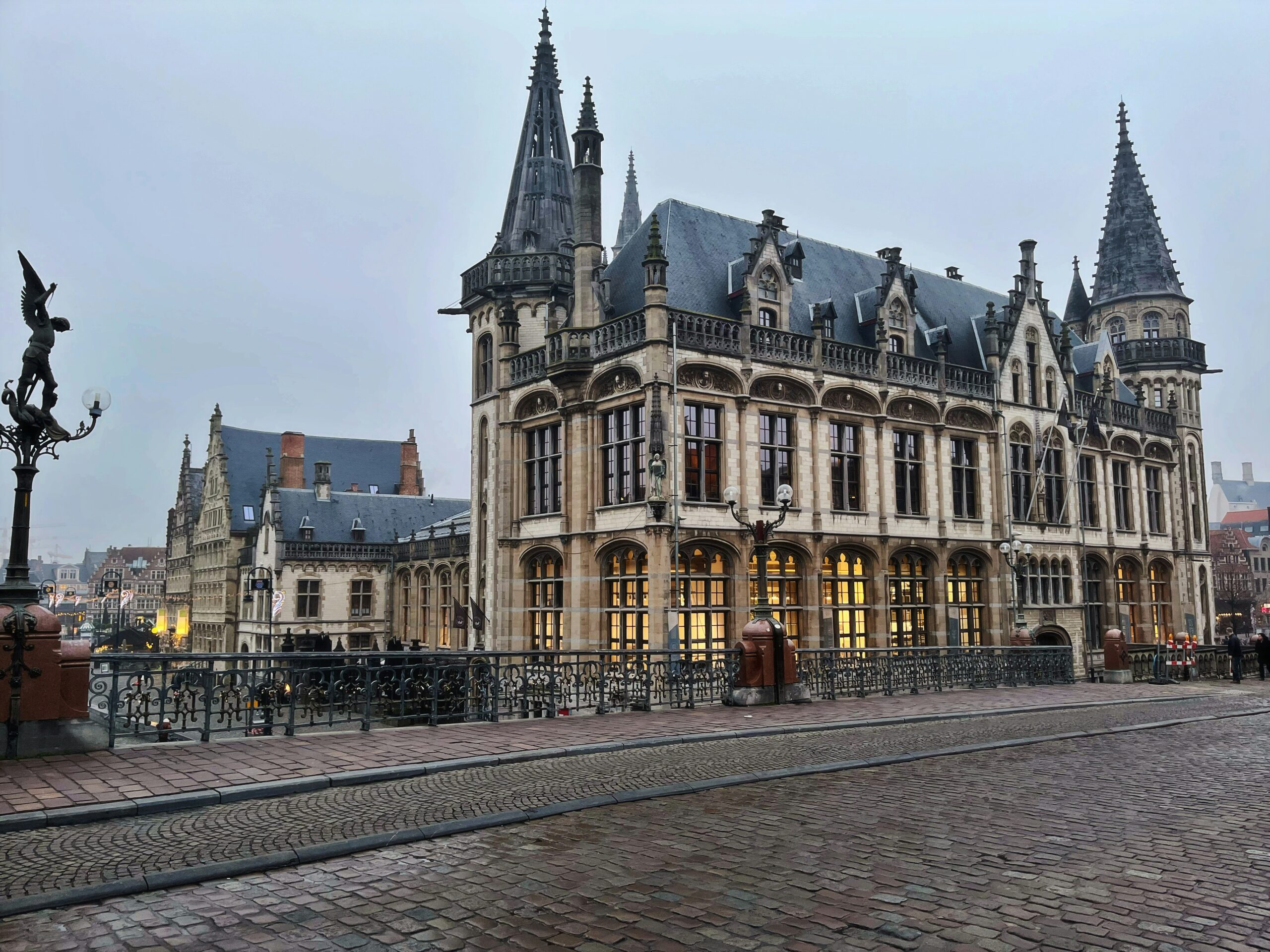
Often overshadowed by Brussels and Bruges, Ghent is Belgium’s best-kept secret. Canals snake through a lively medieval city packed with gothic towers, street art, and buzzing student energy. Climb the Belfry, admire the Adoration of the Mystic Lamb, or just sip Belgian beer at a riverside bar—this city balances history and hipness in perfect measure. Ghent embraces modern life while keeping its old soul intact. It’s effortlessly cool without trying to be.
Bologna, Italy
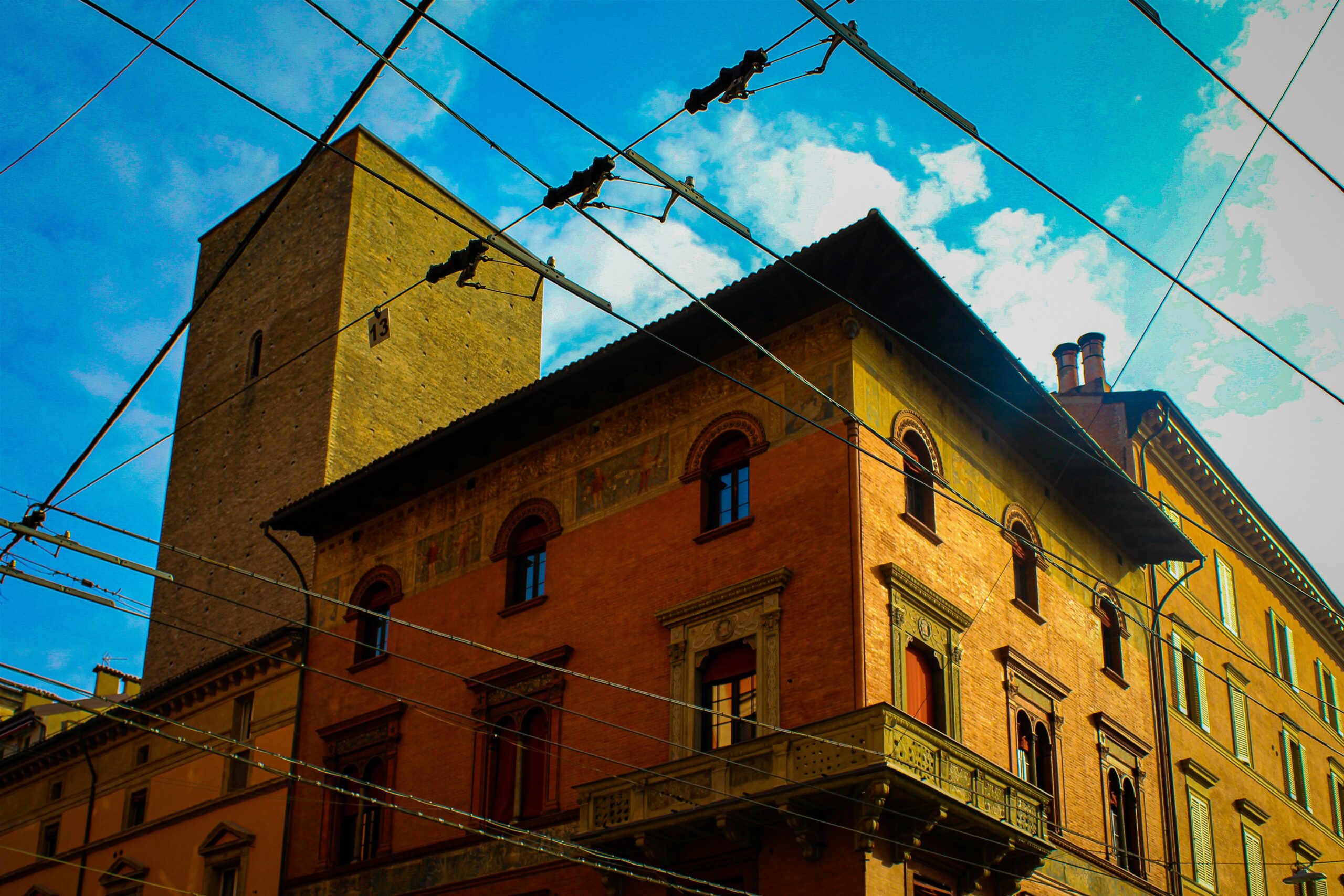
Bologna boasts Italy’s oldest university, the best pasta in the country, and endless terracotta rooftops. Yet it’s still under-visited compared to Florence or Rome. Stroll under its iconic porticoes, climb Torre Asinelli for panoramic views, or wander the Quadrilatero market for local flavors. It’s authentic, unpolished, and incredibly delicious. Locals call it “La Dotta, La Grassa, La Rossa”—the learned, the fat, the red—and Bologna proudly lives up to all three.
Porto, Portugal
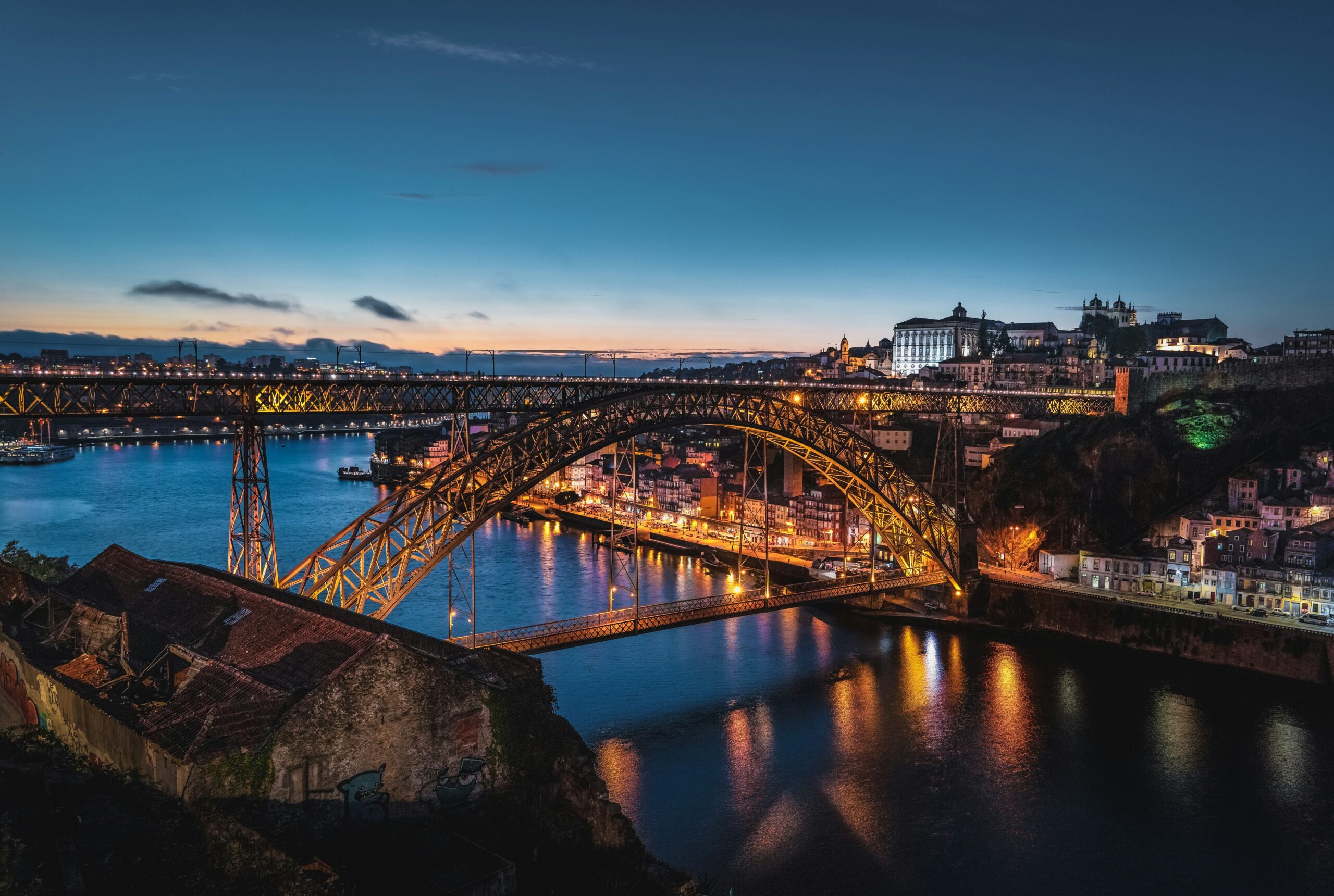
Lisbon’s artsy cousin, Porto hugs the Douro River with its azulejo-tiled facades and vine-covered balconies. The historic Ribeira district glows at sunset, while port wine lodges and rooftop bars beckon. The city’s steep hills and narrow lanes are best explored on foot, with each turn revealing music, murals, and sweeping views. Porto feels lived-in and layered, with soul in its stones and stories in every wall. It’s gritty in the best way.
Vilnius, Lithuania
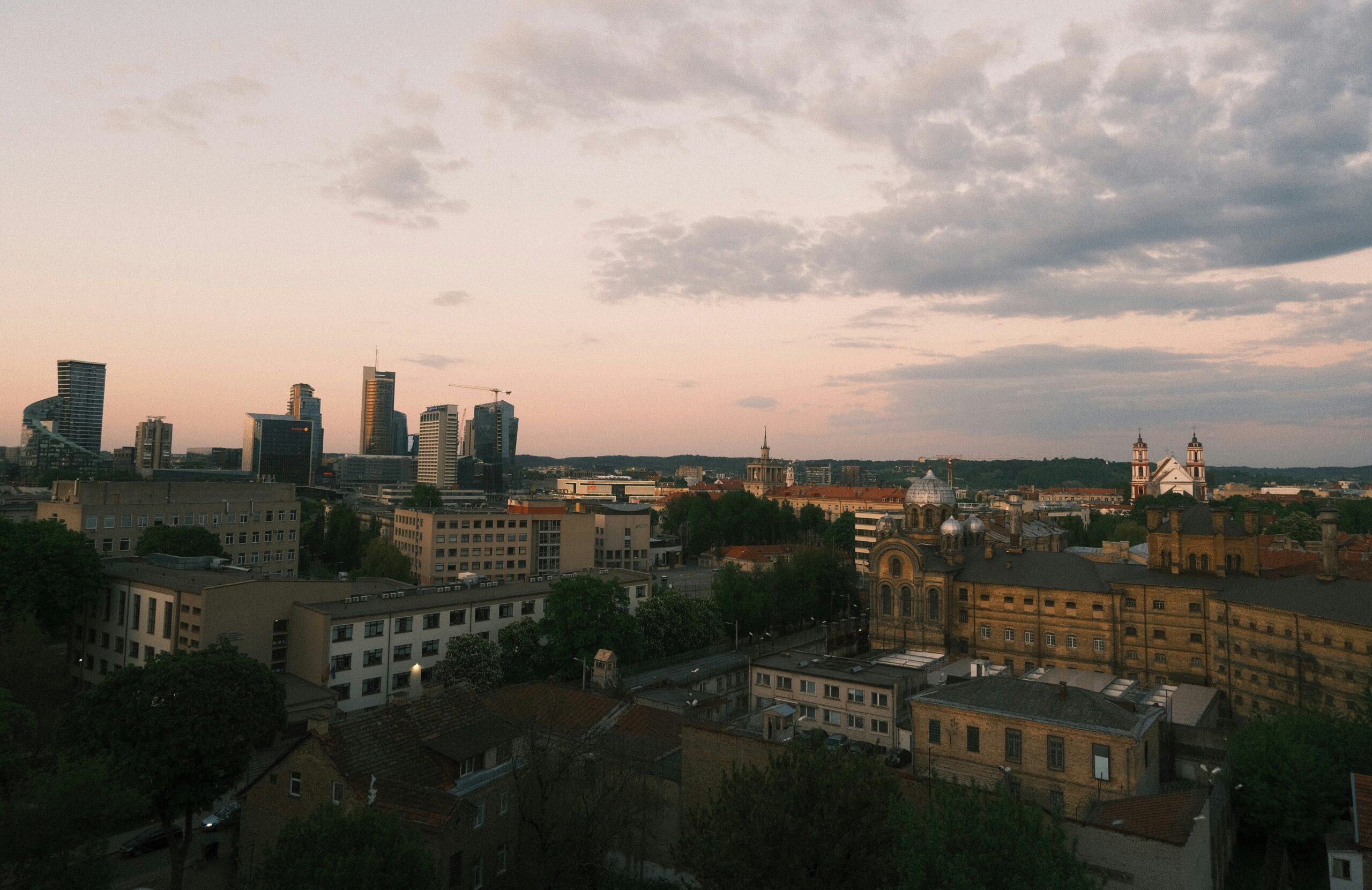
A blend of baroque, Gothic, and Soviet-era quirks, Vilnius surprises with its warmth and creativity. Its old town is one of the largest and prettiest in Europe, filled with hidden courtyards and street-side cafés. Don’t miss the quirky Republic of Užupis—a self-declared artistic micronation complete with its own constitution. Vilnius is playful yet profound. It wears its scars openly but layers them with humor and hope.
Brno, Czech Republic
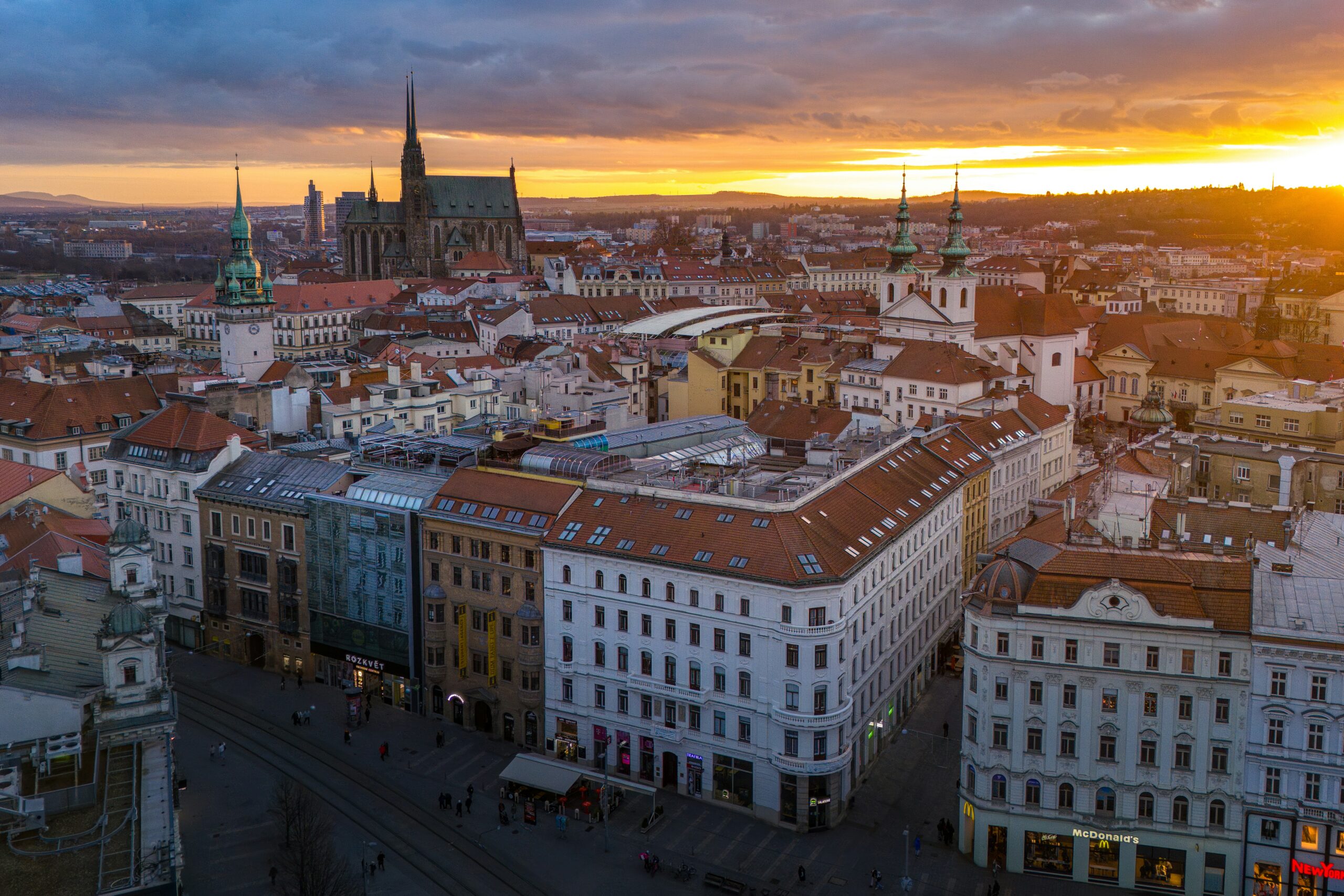
The Czech Republic’s second city may not be as famous as Prague, but it punches above its weight in culture and charm. Think modernist architecture, funky bars, and a castle that hides a dragon legend. Brno is smart, stylish, and far less crowded—a favorite for in-the-know travelers. It’s where café culture meets tech startups, and where history shares a table with irreverent humor. Brno doesn’t compete; it thrives quietly.
Valletta, Malta
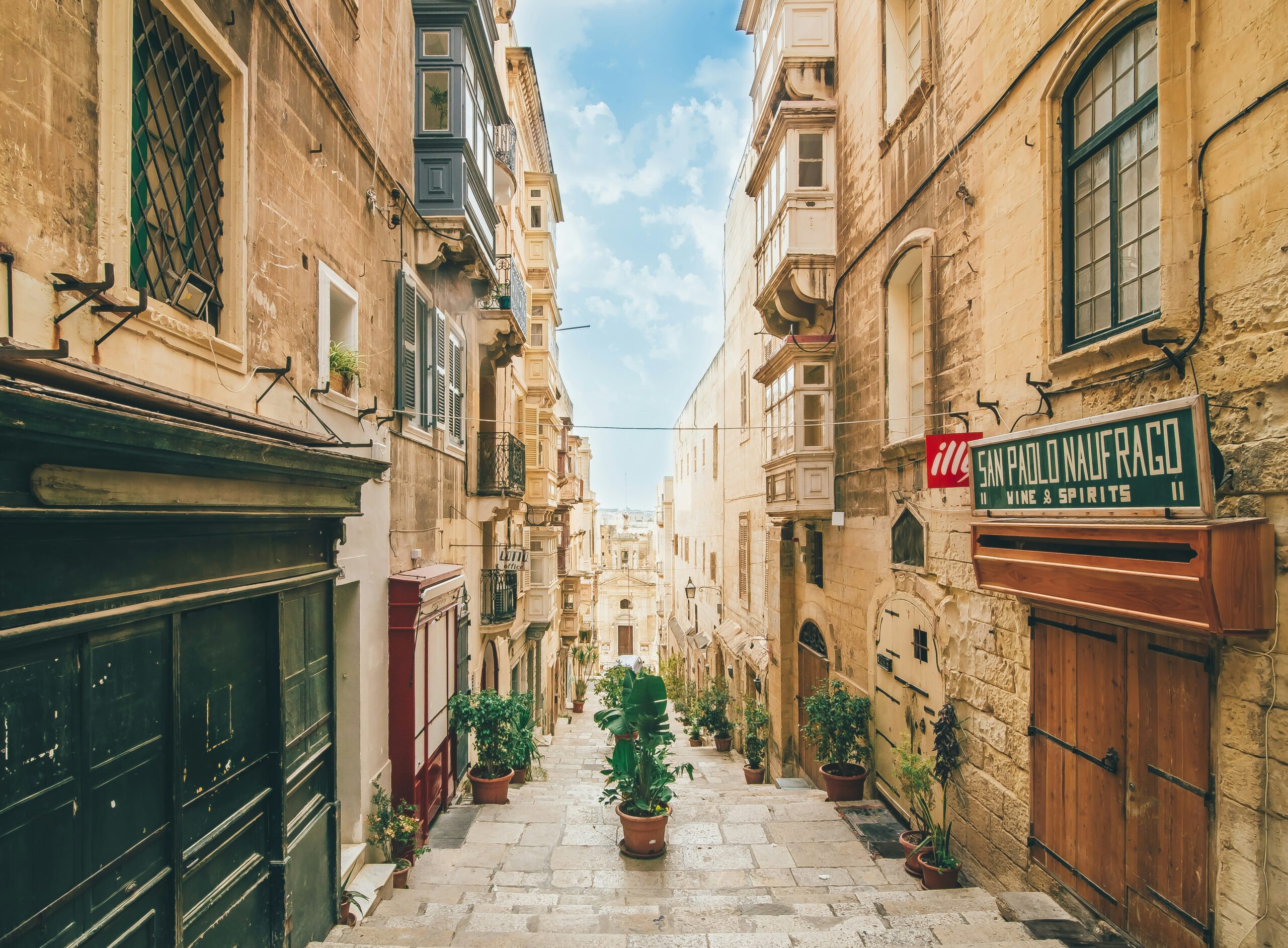
This tiny walled capital is a Mediterranean jewel. With golden limestone buildings, turquoise harbors, and baroque churches, Valletta blends old-world splendor with island cool. Explore underground tunnels, sip coffee in sunny piazzas, or ferry to the Three Cities—all in one afternoon. Despite its small size, Valletta is grand in soul. Every corner hides a tale from the Knights of St. John to modern-day revival.
Turku, Finland
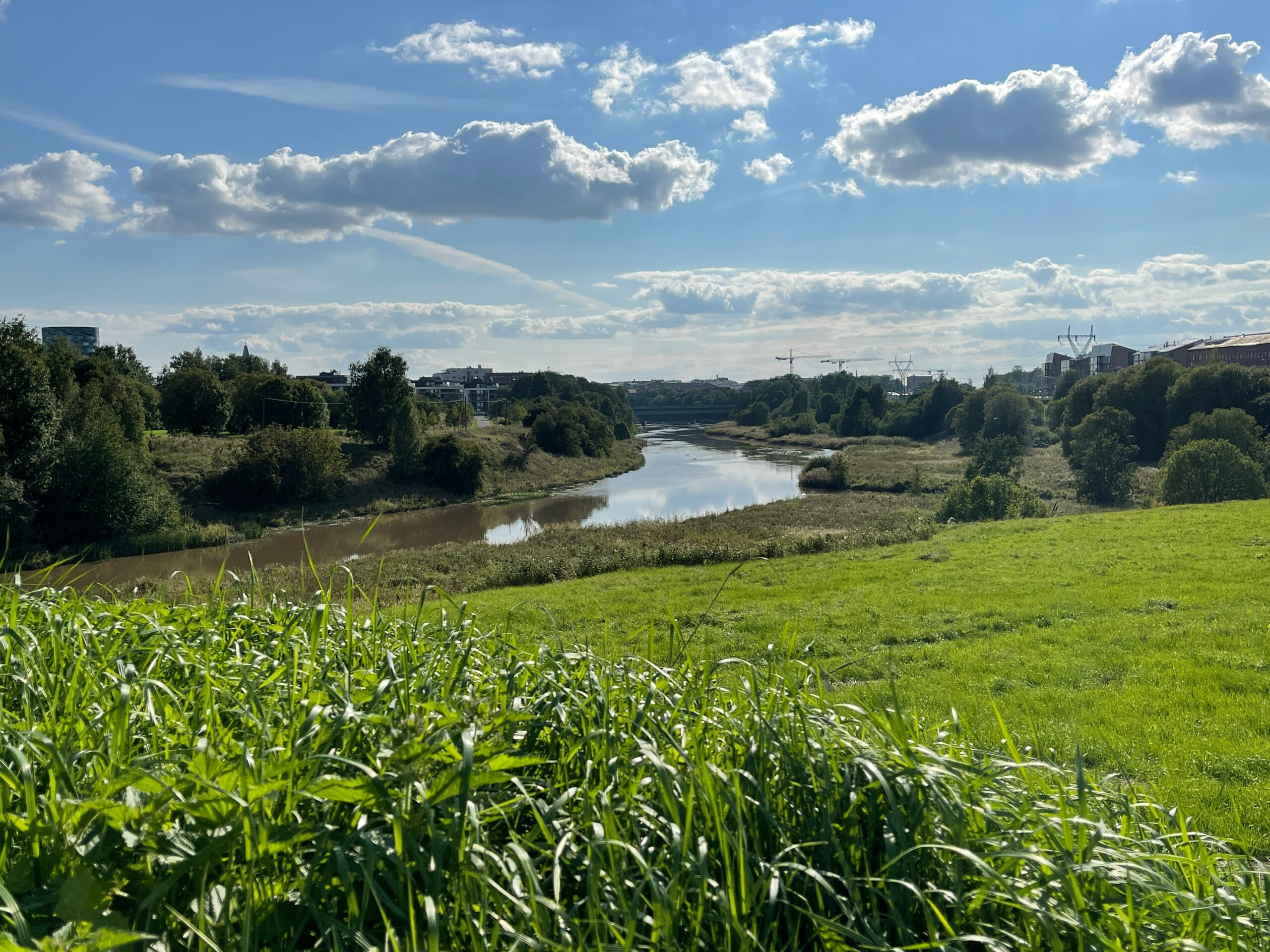
Finland’s oldest city lies along the Aura River and offers castles, cathedrals, and the gateway to the Finnish archipelago. In summer, its riverbanks transform into buzzing cafés and pop-up saunas. With history, design, and seafaring traditions, Turku is a relaxed and welcoming surprise. It feels more like a community than a destination. There’s a quiet pride in its streets, from museums to midnight sun celebrations.
Plovdiv, Bulgaria
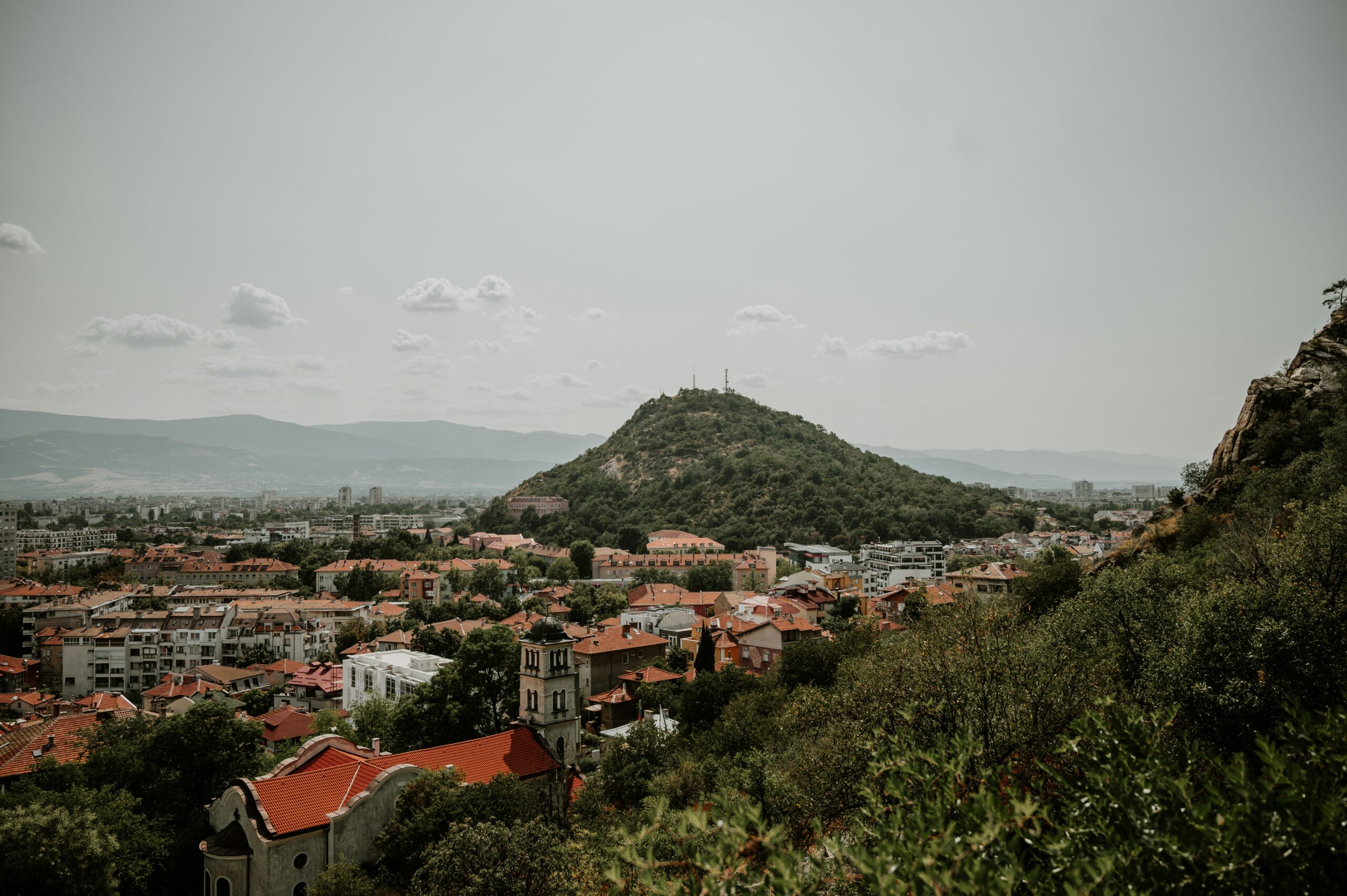
Europe’s oldest continuously inhabited city weaves together Roman ruins, cobbled old towns, and bohemian art scenes. Climb the ancient theatre, stroll down colorful Kapana district, or take in the Thracian hills. Plovdiv’s mix of antiquity and artistry makes it a hidden Balkan gem. It’s layered like a time capsule, where past and present blend effortlessly. You don’t visit Plovdiv—you experience its rhythm.
Aarhus, Denmark

Copenhagen’s little sibling is a Scandinavian blend of innovation and coziness. Museums like ARoS, harborfront developments, and charming Latin Quarter cafés make Aarhus a cultural heavyweight in a small package. It’s young, dynamic, and deeply rooted in Danish hygge. Creative, green, and people-centered, Aarhus surprises with how much it fits into its modest frame. It’s a city designed for joy.
Timișoara, Romania
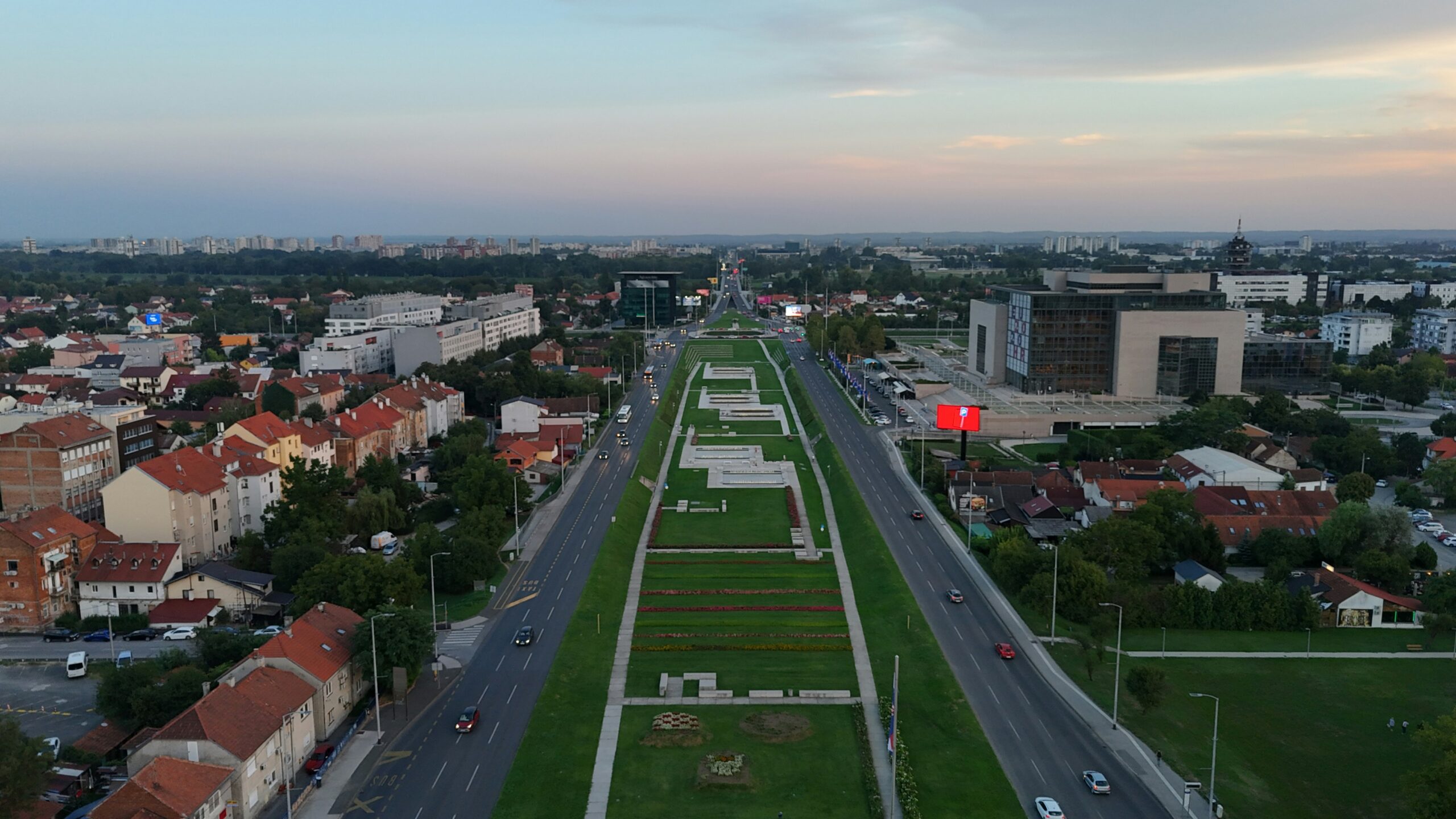
Timișoara was the first city in Europe to be lit by electric streetlights and the spark of Romania’s 1989 revolution. Its grand squares, Habsburg architecture, and multicultural spirit make it feel more Central European than Balkan. It’s a rising star on Romania’s travel map. The energy here is youthful but grounded in memory. It’s not trying to impress—it just does.
Innsbruck, Austria
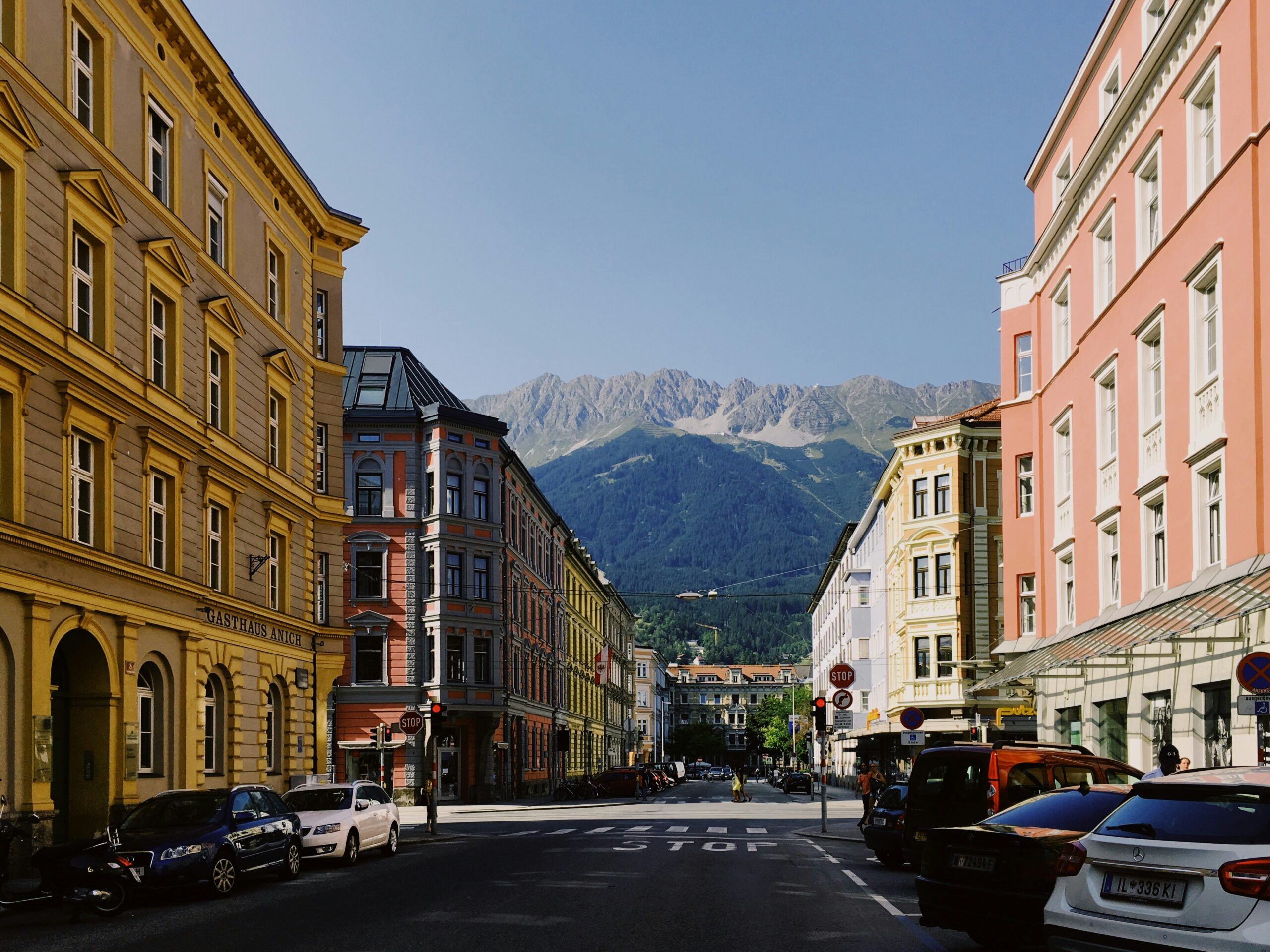
Better known for skiing, Innsbruck also charms in warmer months with its pastel buildings, mountain views, and medieval streets. Ride the cable car from the city center to alpine trails in minutes. It’s a picture-perfect blend of adventure and old-world elegance. Innsbruck feels like two worlds in one: urban comfort with wild nature on your doorstep. It’s perfect for travelers who want both stillness and speed.
Cádiz, Spain
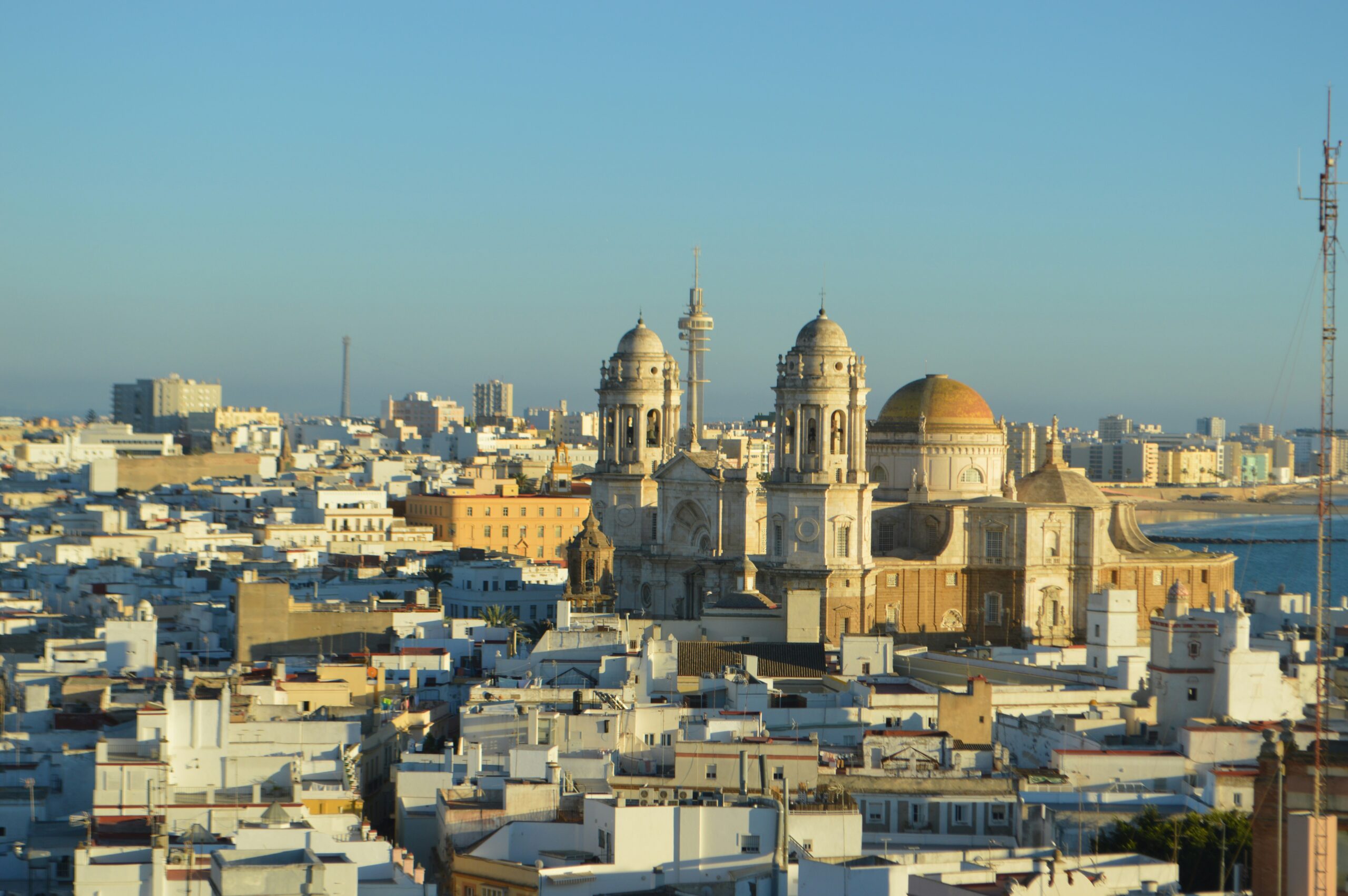
Europe’s oldest continuously inhabited city juts into the Atlantic with golden beaches, Moorish towers, and carnival spirit. Less touristy than Seville, Cádiz offers sea breeze, seafood, and centuries of layered history. Its winding alleys and ocean views invite slow exploration. Cádiz doesn’t just sit by the sea—it sings with it. The rhythm of waves echoes in its plazas, and time feels paused in golden light.